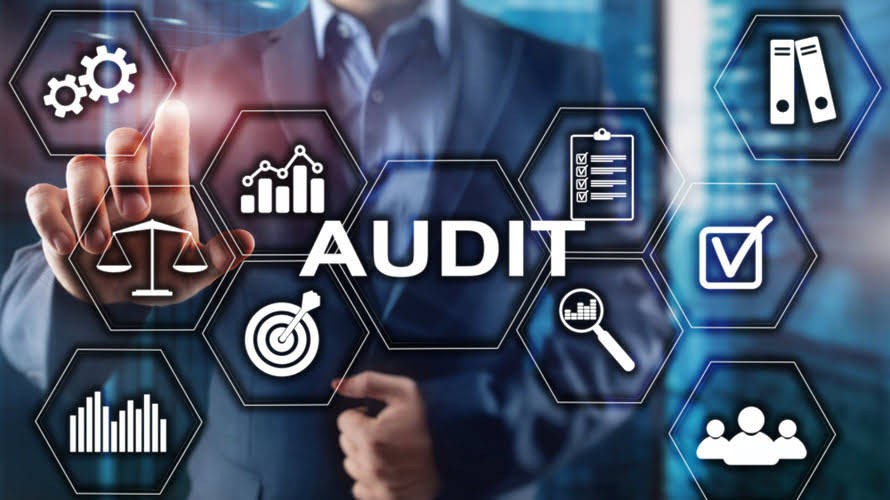
However, a borrower downgrade from, say, Baa to Ba will tend to have a larger relative price effect on a 10-year loan compared with a one-year loan. Banks adopting best practices recognize the importance of more formal maturity adjustments, and more institutions are moving in this direction. This is after having said that maturity or duration can be measured by scenario analysis (changes in the credit spread) or sensitivity analysis or VaR for credit spread. TMs are used in most of the popular quantitative credit risk modelling techniques.
Investment grades typically correspond to low-risk borrowers, whereas speculative grades point to borrowers of low creditworthiness and higher default risk. Financial institutions use POD to inform credit decisions, set loan terms and interest rates, and manage their overall risk exposure. For example, the lender might demand higher collateral from a riskier borrower.
Best Practices for Credit Risk Modeling
Over 1.8 million professionals use CFI to learn accounting, financial analysis, modeling and more. Start with a free account to explore 20+ always-free courses and hundreds of finance templates and cheat sheets. In Alloy’s Annual State of Fraud Benchmark Report, 100% of respondents experienced fraud in 2022, and 96% experienced financial losses due to fraud.

Financial institutions can manage recovery risk by requiring borrowers to provide high-quality collateral and conducting thorough due diligence on borrowers’ financial conditions. Downgrade risk refers to the possibility of a borrower’s credit rating being downgraded by a credit rating agency. A downgrade can negatively impact the borrower’s cost of borrowing and the market value of their outstanding debt. Empirically, it is found that both market and accounting variables significantly explain these corporate default probabilities. When only accounting variables are used in prediction, they provide almost as much information as a model solely based on market measures.
Comparison of Credit Scoring and Credit Rating Systems
The Group’s credit risk appetite criteria for
counterparty and customer loan underwriting is generally the same as
that for loans intended to be held to maturity. Collateral held as security for financial assets other than loans and
advances is determined by the nature of the underlying exposure. Debt securities, including treasury and other bills, are generally
unsecured, with the exception of asset-backed securities and similar
instruments such as covered bonds, which are secured by portfolios of
financial assets. With respect to commitments to
extend credit, the Group is also potentially exposed to an additional
loss up to an amount equal to the total unutilised commitments. Appropriate remedial or disciplinary
actions must be taken if the credit risk policy is not complied with, supported
by clear avenues to report to the board on any credit risk management issues
and breaches in a timely manner. An effective credit risk strategy must ultimately support the long-term viability of the financial institution through an optimal balance between the credit quality, profitability and growth objectives.
- The crisis was largely caused by the widespread failure of financial institutions to properly manage their credit risk.
- Lenders will seek to understand the proportion of debt and equity that support the borrower’s asset base.
- Debt securities, including treasury and other bills, are generally
unsecured, with the exception of asset-backed securities and similar
instruments such as covered bonds, which are secured by portfolios of
financial assets. - Scorecard models use a variety of factors, such as credit history, income, and debt-to-income ratio, to calculate a credit score.
- Learn why SAS is the world’s most trusted analytics platform, and why analysts, customers and industry experts love SAS.
- By using credit derivatives, financial institutions can manage their credit risk more effectively, diversifying their portfolios and reducing their exposure to potential losses.
- As the third line of defence, Group Internal Audit undertakes regular
risk-based reviews to assess the effectiveness of credit risk
management and controls.
But the bond issuer could default on their end of the deal — this is credit risk. Credit ratings help investors determine when a bond investment has a higher or lower level of credit risk. Conversely, credit risk analysis may support lending to a newer business model (i.e., without proven cash flow) as a business strategy to expand relationships and increase exposure to a growing segment. EAD is based on the idea that risk exposure depends on outstanding balances that can accrue before default.
How to Measure Credit Risk?
It also incorporates other related risks, such as that the bond issuer may not make payment at the time of maturity and the risk occurring out of the incapacity of the insurance company to compensate for the claim. A higher level of credit risk in a profitable market will correlate with the elevated borrowing cost. Because of this, it is evaluated technically to mitigate such risk to a certain level. Country risk is the risk of loss arising from a sovereign state’s actions or events. For example, if a country faces any political instability and makes key changes in its economic policies, like exchange-rate changes or technological advancement, it can affect the ability or willingness of its borrowers to repay their debts. Any lender has to consider hundreds of factors, starting from the existing tax regime to the country’s political instabilities, before arriving at a definite risk number.

With a SoFi margin account, you can increase your buying power, take advantage of more investment opportunities, and potentially increase your returns. When that interest is amortized, you typically end up paying more toward the interest versus the principal early on the life of the loan. This allows the lender to collect the bulk of the interest upfront to compensate for the risk that you default down the line. Credit risk has a link to interest rates, both in terms of the rates you might pay to borrow and the rates you might earn from an investment.
Preprocessing tasks refine this data into risk attributes, critically vetted for their predictive power. This transformation ensures that only the attributes that can truly predict risk are selected. SoFi has no control over the content, products or services offered nor the security or privacy of information transmitted to others via their website. We recommend that you review the privacy policy of the site you are entering. SoFi does not guarantee or endorse the products, information or recommendations provided in any third party website.
ML observability ensures models are performing as intended and any potential issues or biases are identified and addressed promptly. This makes it an essential component of credit risk modeling, as financial institutions need to be able to explain the rationale behind their decisions to regulators and customers. This type of modeling uses an iterative process to improve types of credit risk the accuracy of predictions about a borrower’s likelihood of default. It is commonly used for high-stakes applications, such as credit risk modeling, due to its high accuracy and ability to handle large, complex data sets. Gradient boosting models iteratively build decision trees and adjust the weights of the predictor variables to improve the accuracy of predictions.









